THE BEST PHOTOS of the lunar eclipse with the super moon of January 30 and 31, 2018
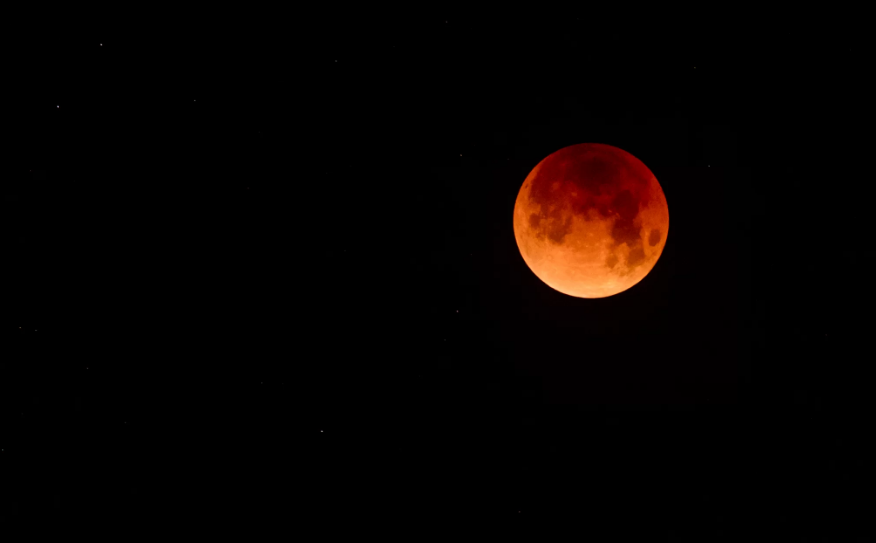
The planet attended on Wednesday an unprecedented astral conjunction in 152 years: this January 31, 2018 coincided in the sky with a 'blue moon', a lunar eclipse and a supermoon.
Millions of people have seen how the moon was dyed red by a total eclipse of the so-called blue super moon, the second full moon of the month and in its closest position to Earth. The triple event has been baptized as 'blue blood supermoon'

The phenomenon has occurred mainly in North America, Asia and Oceania; and in the whole world live through the internet. In Spain, as well as in a large part of Western Europe, South America and Africa, it could only be appreciated in part.
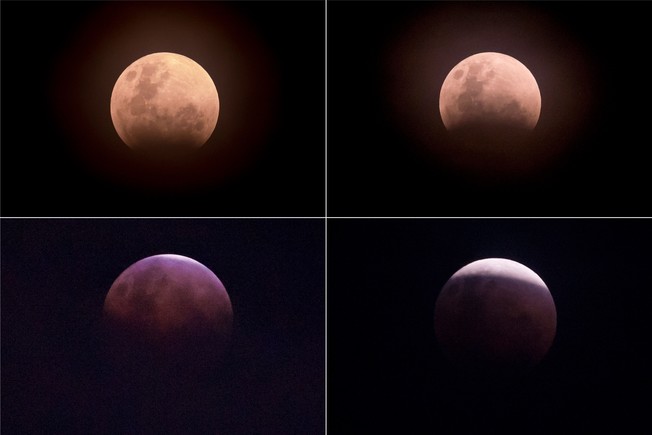
BLOOD MOON
With favorable weather conditions, those interested could see how the moon was dyed copper without using special glasses, as in the case of solar eclipses.
Lunar eclipses occur when the Earth is between the Sun and its satellite, which is visible from the places where the Moon is on the horizon at the time of the phenomenon.
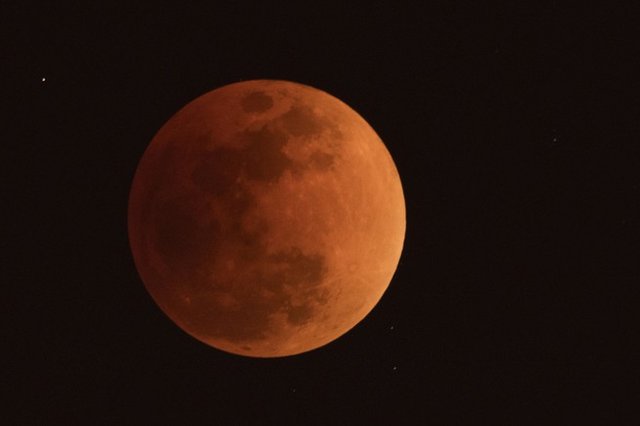
forever the entire moon is within the cone of shadow but does not disappear from sight, but acquires a reddish hue, which is why some media and in social networks have baptized it as "moon of blood". This happens because the Moon reflects the red light of the Sun refracted by the Earth's atmosphere, which only filters the blue components.
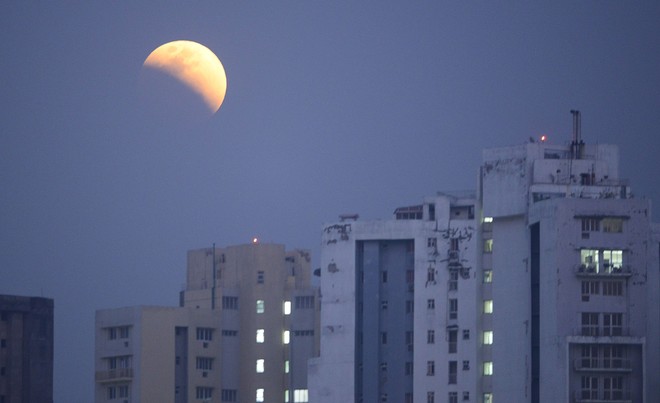
The eclipse coincided with a 'supermoon', which is when the Earth's satellite is in its perigee, how it is called at its closest point to Earth (the apogee is the furthest). During the perigee, the diameter of the satellite can increase up to 14%, which is not visible to the naked eye, and its brightness also increases.
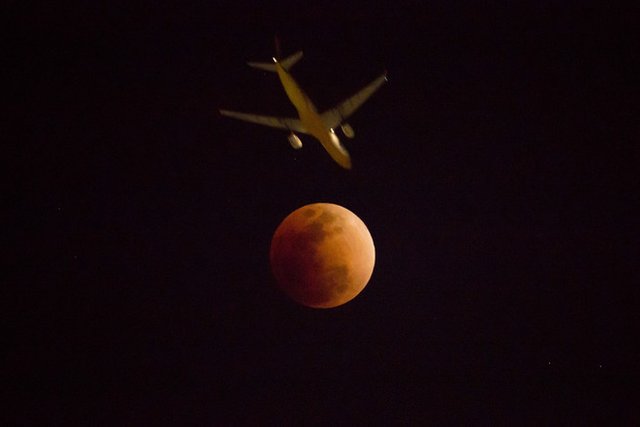
The third simultaneous phenomenon in a large part of the planet is that it was the second full moon of the month, a phenomenon that occurs on average every 2.7 years. The concept "blue moon" refers to when the satellite appears bluish by smoke or particles in the atmosphere, but it is also used to designate the second full moon of the month in the Anglo-Saxon world.
This is due to an error made by the amateur astronomer James Hugh Pruett, who was confused in the sense of the term in an article in the magazine 'Sky & Telescope' in 1945.
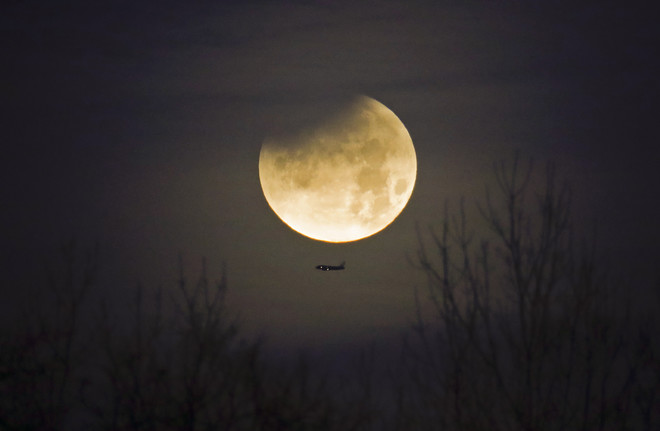
REFERENCES
- ( https://www.timeanddate.com/eclipse/lunar/2018-january-31 )
- ( https://www.space.com/39208-super-blue-blood-moon-guide.html )
- ( https://economictimes.indiatimes.com/news/science/lunar-eclipse-2018-live-updates-heres-how-to-watch-nasas-livestream-of-1st-super-blue-blood-moon-in-35-years/articleshow/62725934.cms )
Great choice of photos, especially for ones who had bad weather yesterday!
Wow amazing pictures!
Yo la vi, estuvo hermosísimaaa!!! muy bueno tu post!